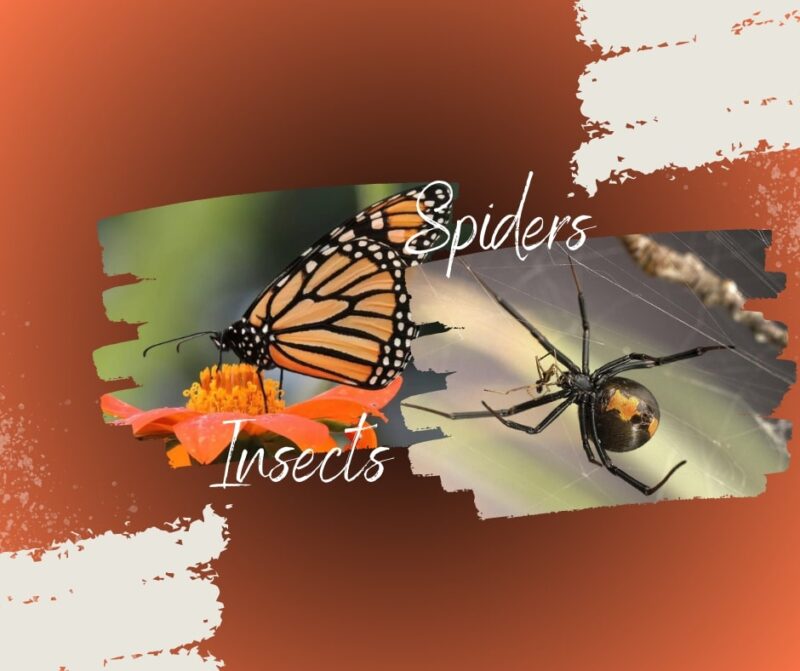The world of insects and spiders is a captivating one, teeming with a myriad of species that exhibit a wide array of behaviors, adaptations, and lifestyles. These tiny creatures, often overlooked or misunderstood, play crucial roles in our ecosystems and contribute significantly to biodiversity.
But what is the difference between these two? This question, while seemingly straightforward, opens the door to a fascinating exploration of the world of arthropods, the phylum that encompasses both species. To understand the differences between these two groups, we need to delve into their anatomy, behaviors, and ecological roles.
Insects
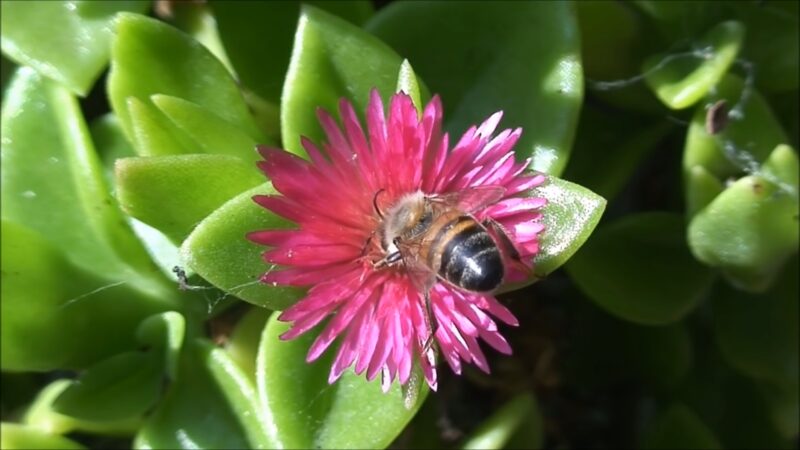
Insects, a group of invertebrates within the arthropod phylum, are characterized by their unique body structure and remarkable adaptability.
They represent the most diverse group of animals on Earth, with over a million described species that inhabit nearly every ecosystem, from the deepest oceans to the highest mountains, from arid deserts to lush rainforests.
Common examples include creatures as diverse as bees, butterflies, ants, beetles, and flies. Each of these exhibits a wide range of behaviors and adaptations that have allowed them to thrive in their respective environments.
Bees, for instance, live in complex, hierarchical societies and play a crucial role in pollination. Beetles, the most diverse group of insects, have evolved a wide array of forms and lifestyles, from the tiny feather-winged beetles to the large and iconic scarab beetles.
Despite their diversity, all of them share certain characteristics that set them apart from other arthropods, including spiders.
Spiders
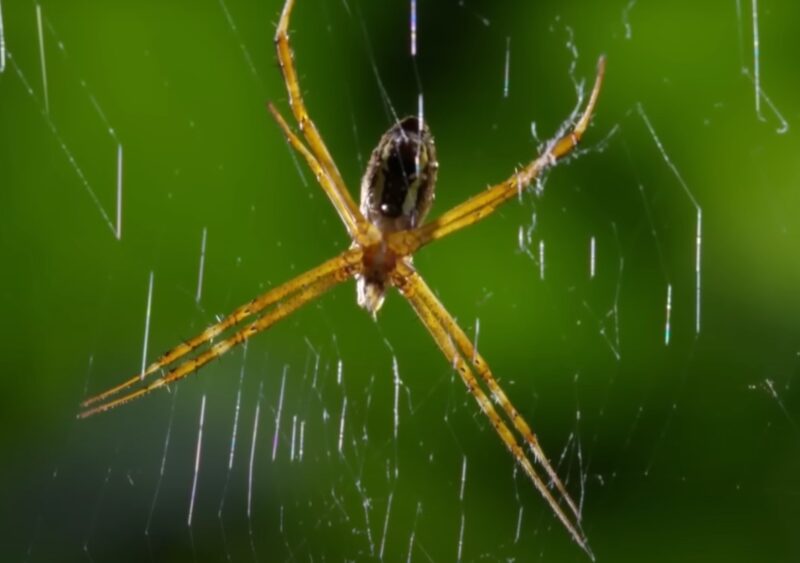
Spiders, unlike insects, belong to the class Arachnida, which also includes other eight-legged creatures such as scorpions, mites, and ticks. Known for their eight-legged body structure and their ability to produce silk, they are a diverse group of predators that inhabit a wide range of habitats all over the world.
Common examples include the orb weavers, known for their intricate, wheel-shaped webs; jumping spiders, renowned for their excellent vision and impressive jumping ability; wolf spiders, ground-dwelling hunters known for their speed and agility; and tarantulas, the largest spiders, which are often kept as pets.
Each of these species exhibits unique behaviors and adaptations that have allowed them to become successful predators in their respective environments.
Body Structure
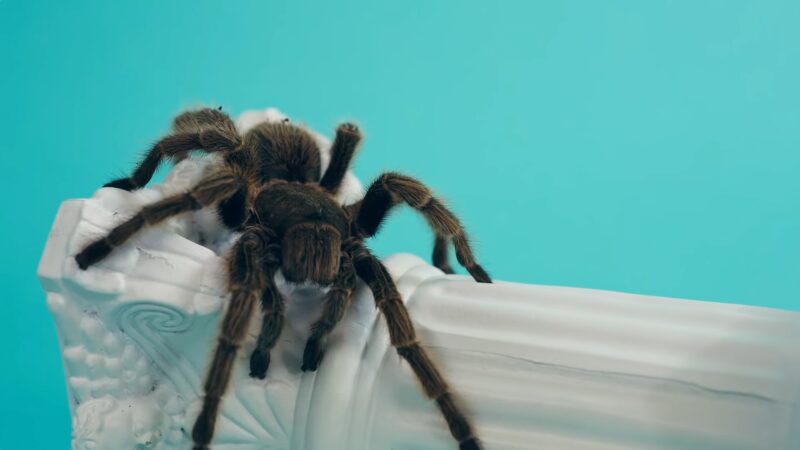
One of the most distinctive features of insects is their three-part body structure. The head, thorax, and abdomen of an insect are clearly delineated and each serves specific functions. The head houses the insect’s sensory organs and mouthparts, the thorax bears the wings and legs, and the abdomen contains the digestive, respiratory, and reproductive systems.
This division of the body into three distinct parts allows for a high degree of specialization in the insect’s organs and systems, contributing to their remarkable diversity and adaptability. Spiders, on the other hand, have a unique body structure that consists of two main parts: the cephalothorax and the abdomen.
The cephalothorax, a fusion of the head and thorax, houses the spider’s eyes, mouthparts, and legs. The abdomen, which is often larger and more bulbous, contains the reproductive and silk-producing organs.
This two-part body structure, while less segmented than that of insects, allows spiders to accommodate their unique adaptations, such as silk production and venom delivery. This difference in body structure is one of the key distinguishing features between these groups.
While both groups have segmented bodies, a characteristic of all arthropods, the number and arrangement of these segments vary, reflecting their different evolutionary histories and lifestyles.
Number of Legs
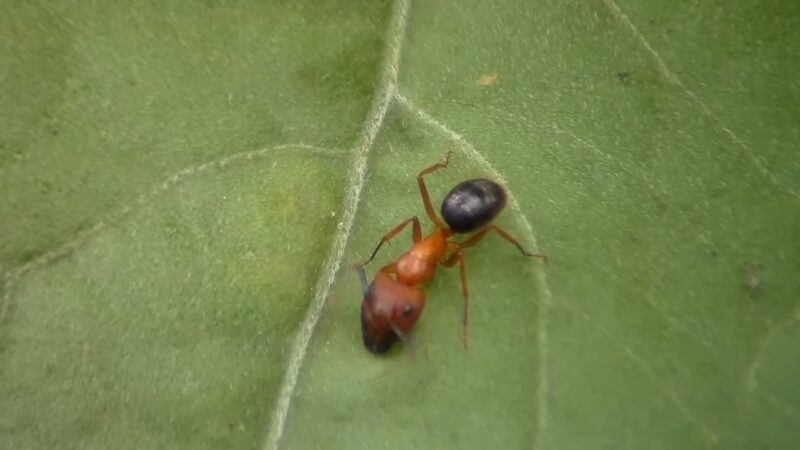
Another key difference between these two groups lies in their leg count. Insects, like all members of the class Insecta, have six legs. These legs are attached to the thorax and are often specialized for different functions.
For instance, the hind legs of grasshoppers are adapted for jumping, while the front legs of praying mantises are modified for capturing prey. Spiders, in contrast, have eight legs. These additional legs give them a distinctive gait and allow them to excel in various activities, from climbing vertical surfaces to capturing prey.
Some of them, like the jumping spiders, can even use their legs to propel themselves into the air, while others, like the orb weavers, use their legs to construct their intricate webs. The role of legs in locomotion and survival varies between insects and spiders.
For insects, legs can serve as tools for digging, weapons for defense, or paddles for swimming. For spiders, legs are crucial for web-building, hunting, and sensing their environment.
Wings and Flight
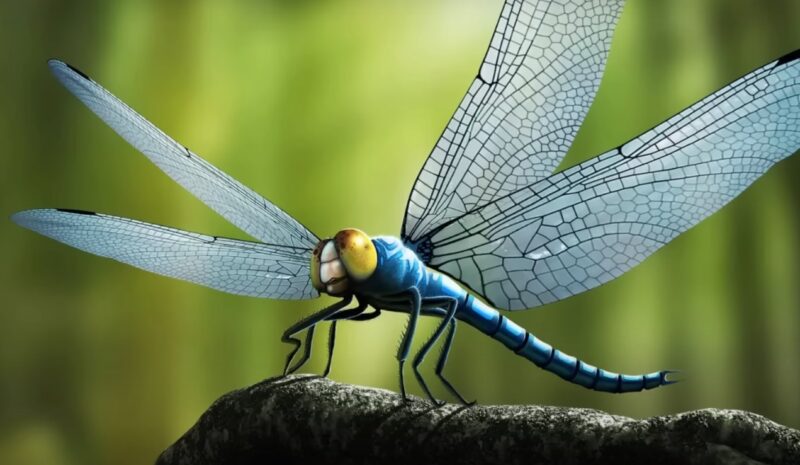
One of the most remarkable features of many insects is their ability to fly. They are the only group of invertebrates that have developed flight, and their wings are a key adaptation that has contributed to their incredible diversity and success.
From the delicate wings of butterflies to the powerful wings of beetles, insect wings serve various functions, including locomotion, courtship displays, and temperature regulation. In contrast, spiders lack wings and do not have the ability to fly. However, this does not limit their mobility.
They have developed other modes of movement, such as crawling, jumping, and ‘ballooning’. Ballooning is a fascinating behavior where spiders use their silk to catch the wind and travel long distances through the air. Despite their lack of wings, they are not confined to the ground.
Their eight legs and silk-producing abilities allow them to navigate diverse habitats, from the forest floor to the tops of trees.
Antennae and Sensory Perception
Insects are equipped with antennae, sensory organs that play a crucial role in their perception of the world. Antennae can detect chemical signals, air currents, temperature, and humidity, providing them with a wealth of information about their environment.
They are essential for various behaviors, such as finding food, locating mates, and navigating their surroundings. Spiders, however, do not have antennae. Instead, they rely on other sensory organs for perception. They have multiple pairs of eyes that provide them with visual information.
They also have sensory hairs on their bodies that can detect vibrations and air currents. Although they lack antennae, spiders have a keen sense of their environment. Their ability to sense vibrations allows them to detect prey and predators, while their eyes can perceive movement and, in some species, color and detailed shapes..
Feeding Habits
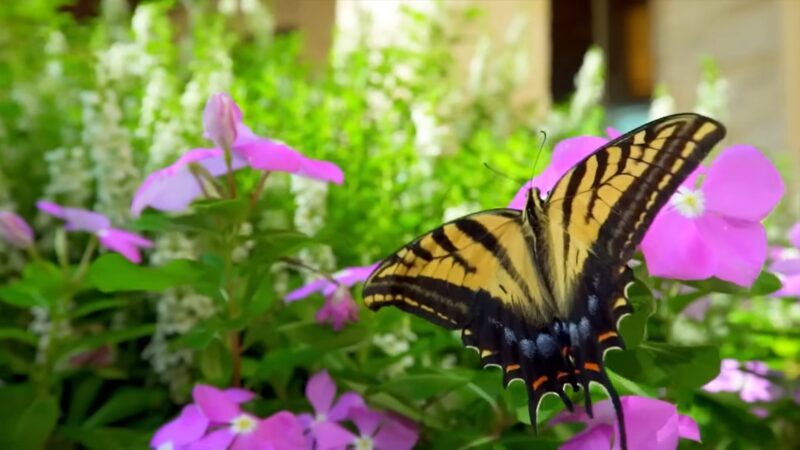
Insects exhibit a wide range of feeding habits. Some of them, like butterflies and bees, feed on nectar and play a crucial role in pollination. Others, like beetles and caterpillars, feed on plant material, while some, like mosquitoes and ticks, are parasitic and feed on the blood of other animals.
Spiders, on the other hand, are predominantly predators. They feed on a variety of prey, including insects, other cops, and even small vertebrates. They employ various strategies to capture their prey, from building intricate webs to actively hunting or ambushing their victims.
The feeding habits of insects and cops reflect their adaptations and roles in the ecosystem. Insects, with their diverse diets, contribute to nutrient cycling, pollination, and serve as a food source for other animals. Cops, as predators, help control insect populations and maintain balance in the ecosystem.
Reproduction and Offspring
Insect reproduction is diverse, with various strategies for producing and caring for offspring. Some insects, like butterflies, lay their eggs on specific host plants that will provide food for their caterpillar larvae. Others, like bees and ants, have complex social structures with a queen who produces all the offspring for the colony.
Spiders also exhibit a range of reproductive behaviors. Most of them lay eggs that they encase in a silk egg sac for protection. Some exhibit parental care, with the female carrying the egg sac with her or guarding it until the spiderlings hatch.
In some species, the female spider even stays with her young after they hatch, providing them with protection. The reproductive strategies of insects and cops are shaped by their environments and lifestyles. They reflect the diverse ways these creatures have adapted to ensure the survival of their offspring.
Silk Production and Webs
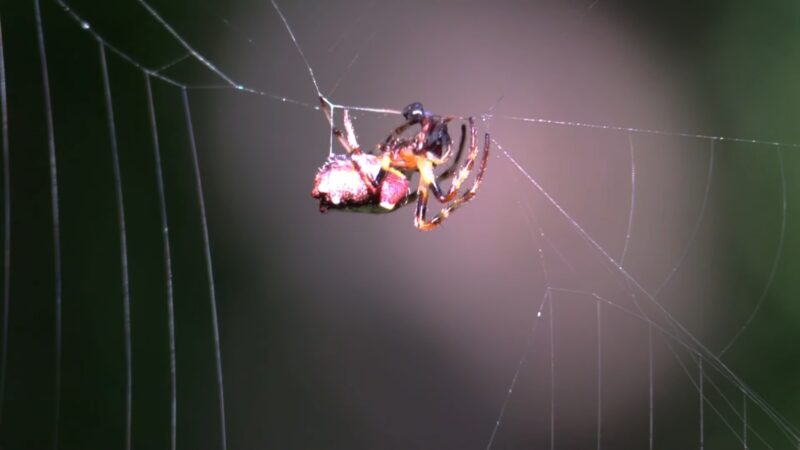
Some insects, like silkworms and certain types of caterpillars, are capable of producing silk. They use this silk to create protective structures, such as cocoons or egg cases. However, the use of silk among them is not as widespread or diverse as it is among cops.
Spiders are renowned for their ability to produce silk and the intricate webs they construct with it. Spider silk is a remarkable material, known for its strength and elasticity.
They use their silk for various purposes, including building webs to capture prey, creating egg sacs, lining their burrows, and even as a means of transportation in a behavior known as ballooning.
The ability to produce silk and the ways it is used are key differences between insects and spiders. While some insects produce silk, the use of silk is a defining characteristic of cops. The intricate webs that they weave are not only functional but also serve as a testament to the complexity and beauty of the natural world.
Ecological Role and Diversity
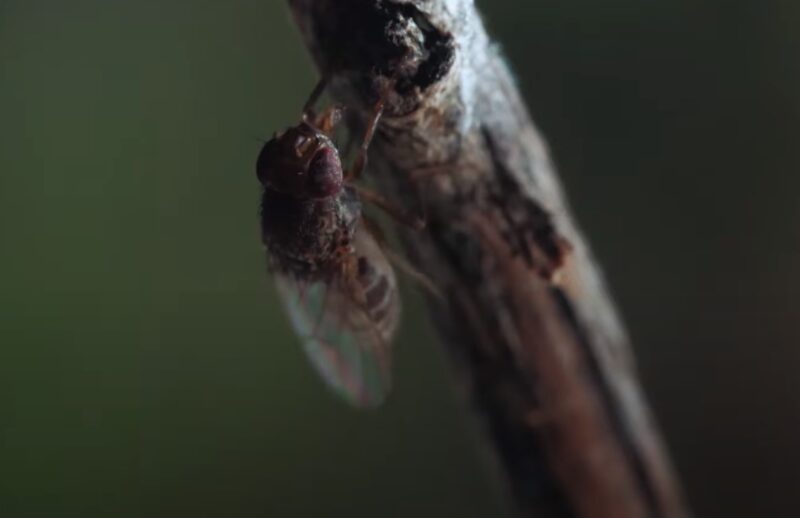
Insects, with their incredible diversity, play crucial roles in ecosystems around the world. They contribute to nutrient cycling, pollination, and serve as a food source for other animals. Insects also play a role in pest control, with many predatory insects feeding on pests that can harm crops or spread disease.
Spiders, while not as diverse as insects, also play significant roles in ecosystems. As predators, they help control populations of insects and other small animals, contributing to the balance of the ecosystem. They also serve as a food source for a variety of animals, including birds, reptiles, and other cops.
The ecological roles of insects and spiders highlight their importance in maintaining healthy ecosystems. Despite their small size, these creatures have a significant impact on the environment and contribute to biodiversity.
FAQs:
Can insects produce sounds?
Yes, many of them can produce sounds, either by rubbing body parts together (stridulation) or through specialized sound-producing structures.
Can cops produce sounds?
Some of them can produce sounds by rubbing body parts together, but their ability to produce sound is not as well-known or prominent as in insects.
Can insects transmit diseases to humans?
Mosquitoes and ticks, for example, can transmit diseases to humans through biting, potentially causing illnesses like malaria or Lyme disease.
Can spiders transmit diseases to humans?
While they do possess venom that they use to immobilize their prey, most spider bites are harmless to humans and do not transmit diseases.
Are there any venomous insects?
Yes, for example bees, wasps, and certain ants. Their venom is used for defense or capturing prey.
Conclusion
To sum up, while insects and spiders may seem similar at first glance, they are distinct groups of animals with unique characteristics. The differences between them can be seen in their body structure, number of legs, presence or absence of wings, sensory organs, feeding habits, reproductive strategies, use of silk, and their roles in the ecosystem.
Insects, with their three-part body structure, six legs, and often winged bodies, are a diverse group with a wide range of behaviors and adaptations. Spiders, with their two-part body structure, eight legs, and silk-producing abilities, are skilled predators with their own set of fascinating behaviors.
These creatures, with their myriad forms and behaviors, remind us of the wonder of the natural world and the importance of preserving it.


